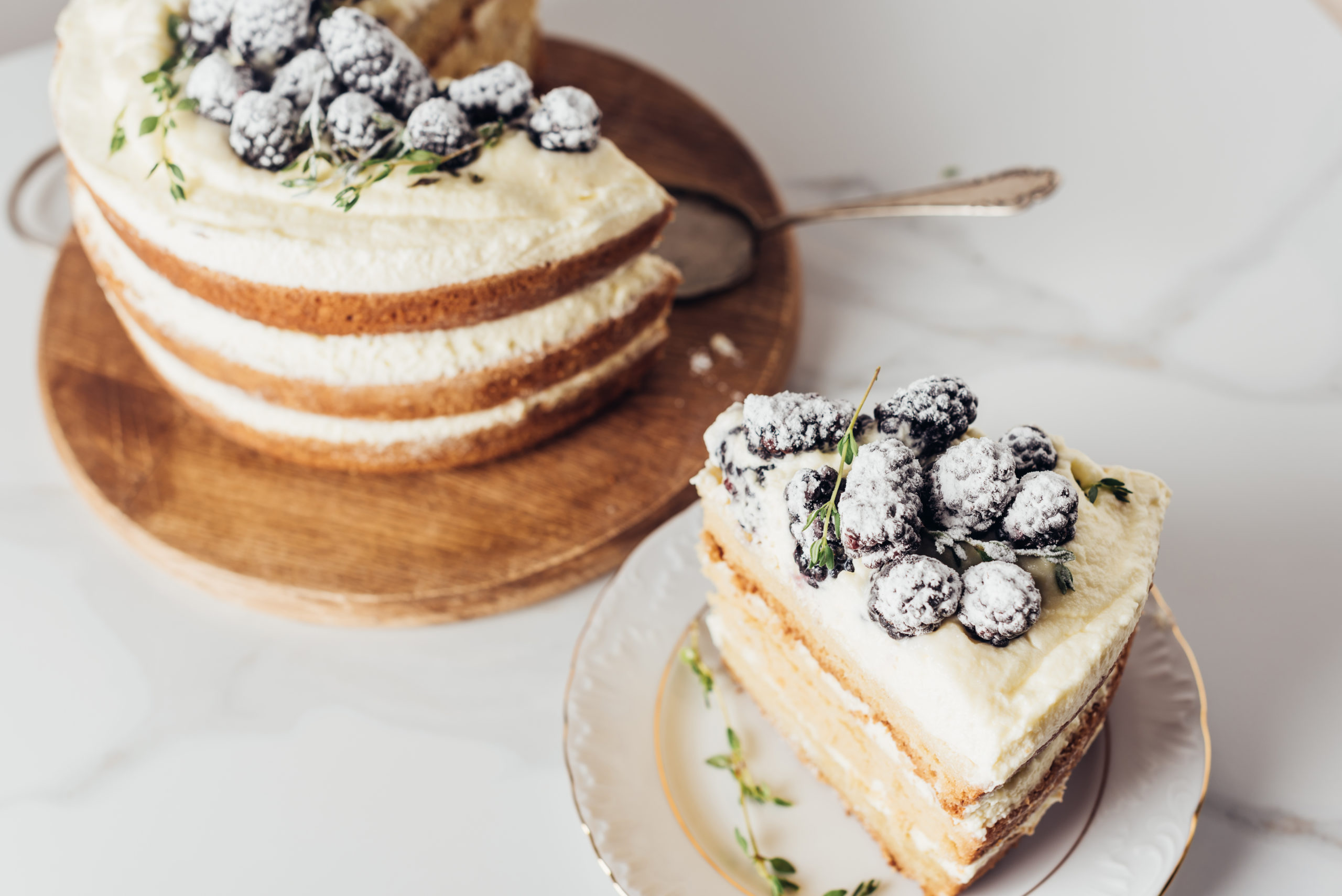Dry cake is always disappointing. Typically, dry cake is the consequence of one (or several) of the following issues: wrong ingredients, over mixing batter, or baking the cake at the wrong temperature or for too long.
However, there are ways to prevent the dreaded dry cake.
Here we share how to bake a moist cake every time.
Tip 1: Use Real Butter
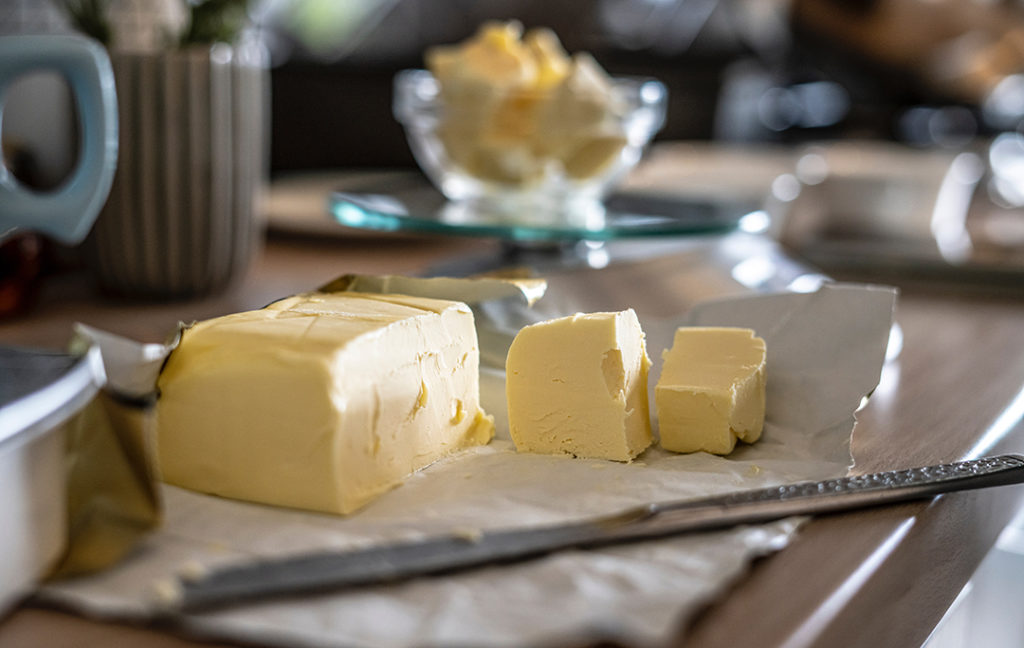
If your cake recipe requires butter, make sure it is real butter. Why? Margarine has a higher water content which will alter the texture of your cake. While margarine makes the claim that it is ‘great for baking’, we disagree. Use real butter and you will be rewarded with a soft cake.
Tip 2: Carefully Measure & Use Called for Ingredients
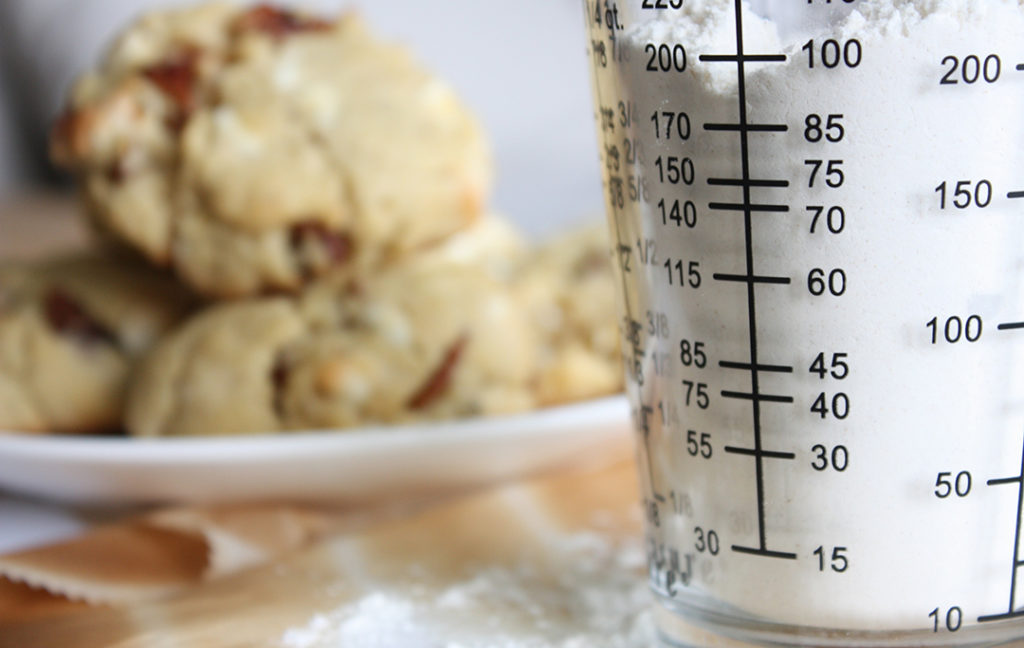
Precision is important when baking a moist cake. In fact, it’s one of the most important factors. When following a recipe, make sure to use exactly what that recipe calls for and measure appropriately. I
A common issue is properly measuring flour. Too much flour can cause a dry cake. When measuring flour, do not pack it down. Sift flour, if the recipe calls for it. Use a smaller cup to scoop the flour into the larger measuring cup. Level with a knife, if needed.
This process ensured that you are not adding more flour than is needed. Too much flour can result in a heavy, dry cake.
Tip 3: Avoid Overbaking
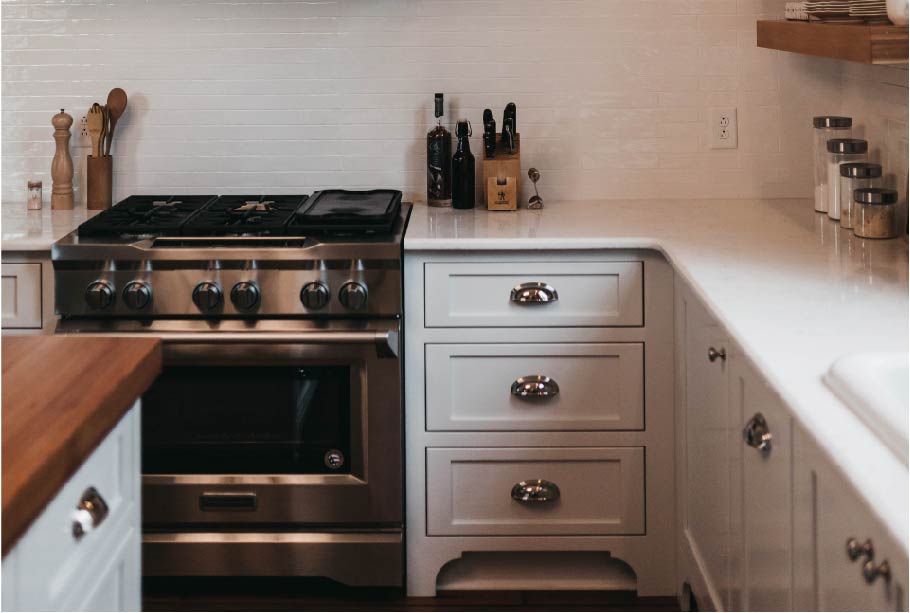
This may seem obvious but overbaking a cake will result in a dry cake. Vanilla cakes can be particularly hard to keep moist when baking.
Here are several baking trips that will help prevent a dry cake:
- Use an oven thermometer to make sure it reaches the ideal baking temperature
- If using a dark cake pan, reduce the baking temperature called for in your recipe by 25°F
- Check how done your cake is once the minimum baking time has been reached
- Know the intensity of your oven since some ovens heat quicker aand more intensely than others
Tip 4: Stop Overmixing

Refrain from mixing your cake batter until perfectly smooth. When following a cake recipe, pay attention to the mixing method called for. There is a reason for it. Don’t skip the alternating of wet aand dry ingredients. Different mixing methods combined with the ingredients of the cake will result in different cake textures. This is especially true when baking a cake from scratch.
Tip 5: Release Air Bubbles
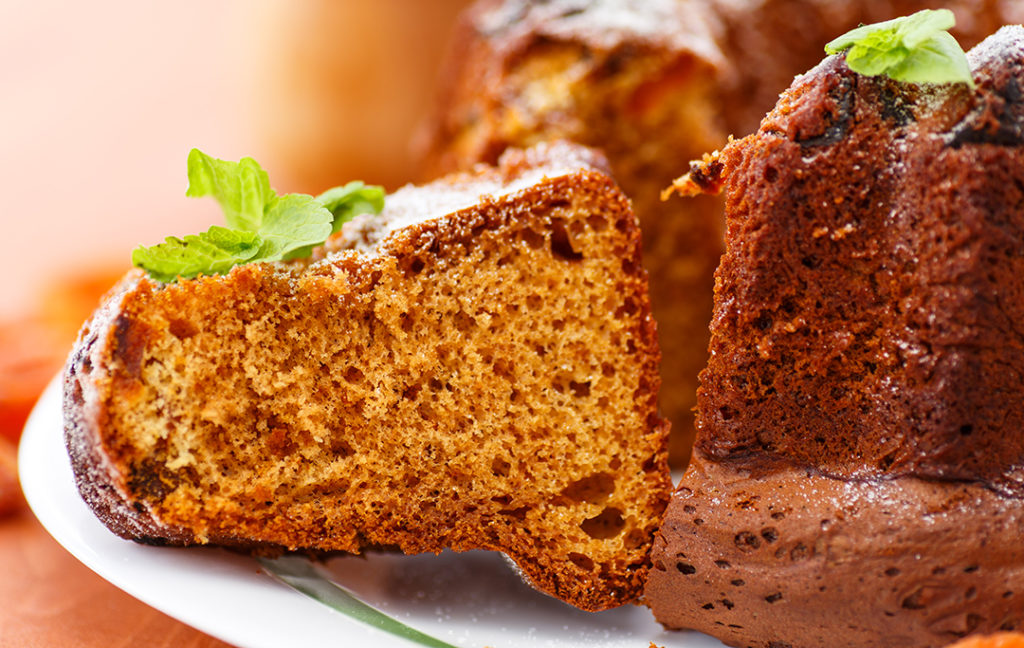
While a certain amount of air during the baking process helps the cake rise, too much will cause large air pockets in the cake making it dry. Before baking, tap your cake pans firmly on the counter to release air from the batter.
After baking, as soon as you remove the cake from the oven, place a towel on top and press down gently on the dome to release air pockets. This reduces the air in the cake and can also help level the cake.
Tip 6: Use Vanilla Emulsion
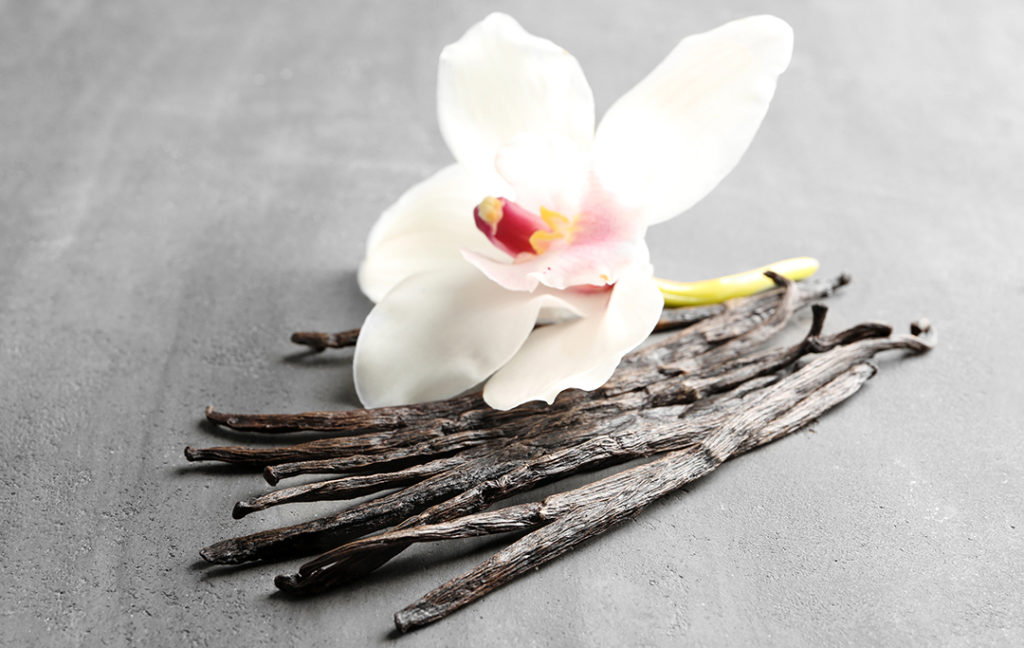
The trick behind using vanilla emulsion vs vanilla extract is in how both are made. Vanilla emulsion is made with glycerin which helps keep the cake moist, as well as retain more of the vanilla flavor post-baking.
While both deliver the same amount of flavor, the extract evaporates quicker the warmer it becomes. Therefore, it CAN impact the taste of the cake.
Tip 7: Say Yes to Sour Cream
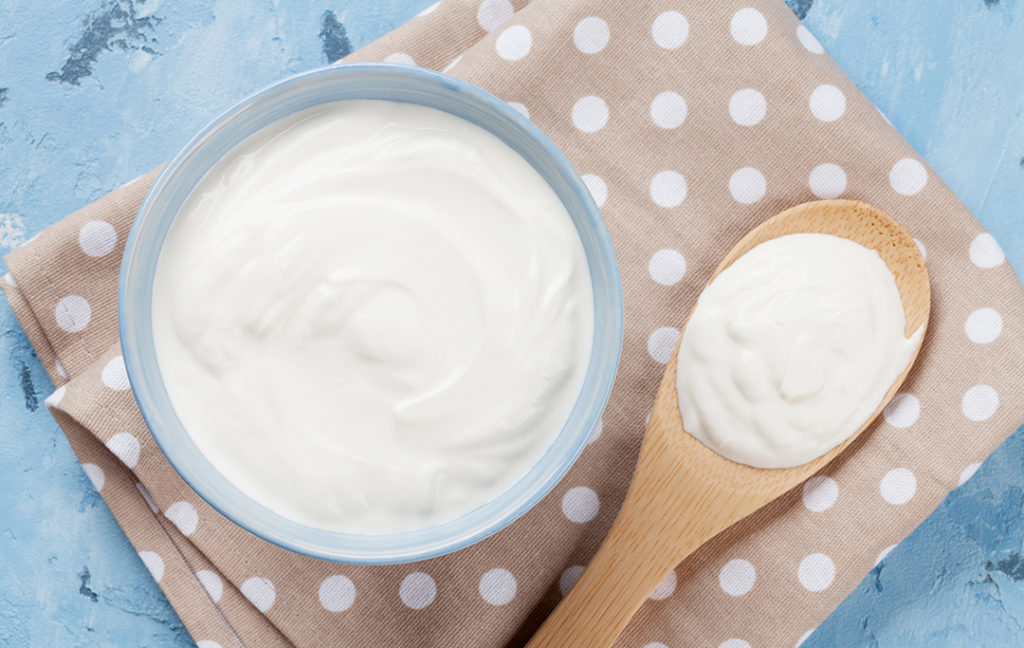
The use of sour cream in a cake may sound strange, but it works wonders on cake texture. While we do not recommend adding sour cream to EVERY cake, you can find recipes that use sour cream in the batter.
Baking a dry cake can happen for any number of reasons. However, these tips will help you bake a perfectly moist cake every time. Don’t feel like baking your own this time? Give us a call and we’ll be happy to bake you a delicious cake for any occasion.
